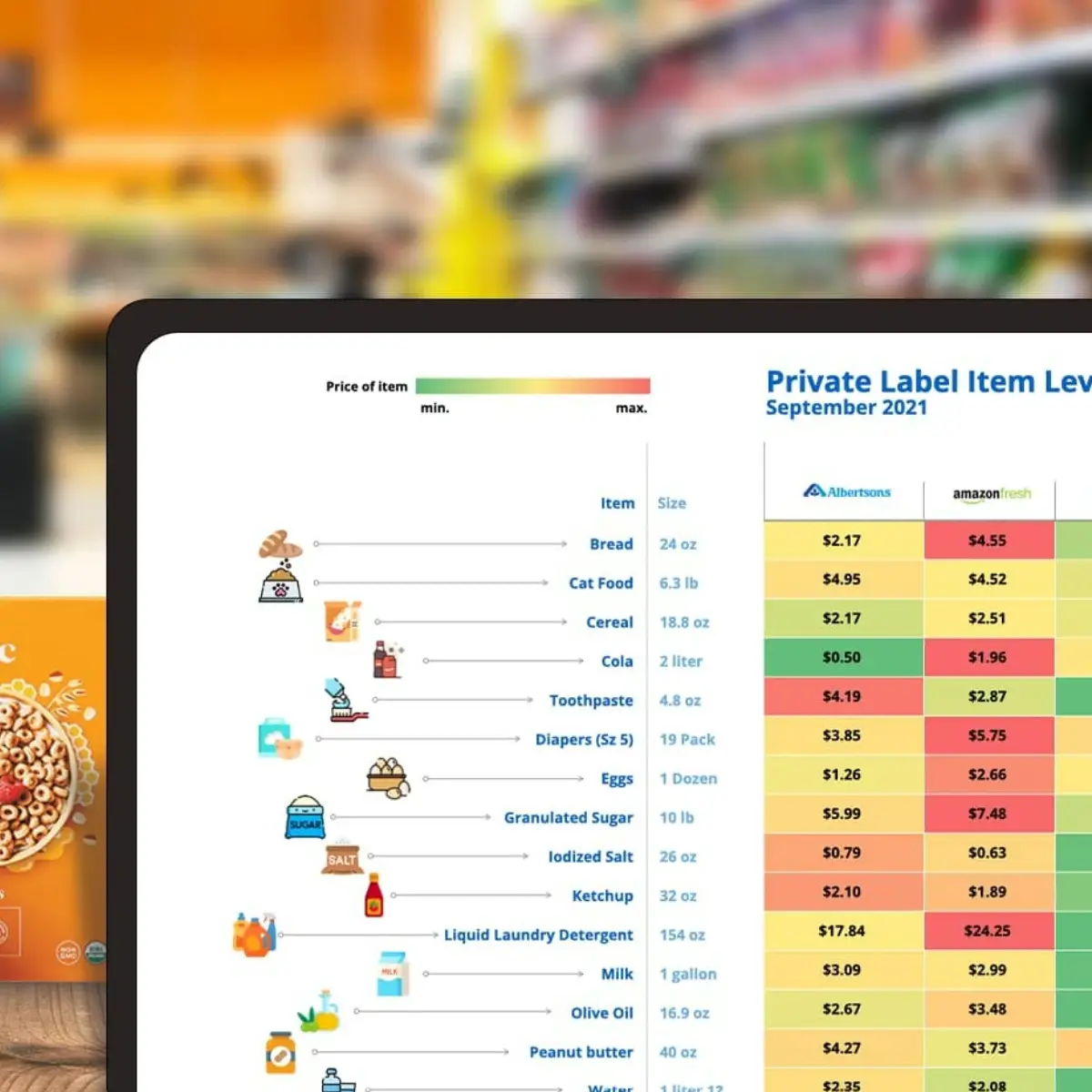As we all continue to adapt to the COVID-19 pandemic, daily life has changed dramatically for many workers dedicated to retail and consumer-facing businesses. Brands everywhere are having to make difficult decisions on how they will support compliance with local regulations and closures, continue to serve the business, and strategize on how to emerge stronger after this is over.
For many, this means that large populations of employees – including those who work in headquarters and store support centers, store associates, and distribution workers – are faced with new types of working, including working from home.
Adapting to the Pandemic
The technical challenges in quickly enabling large populations to work from home can be arduous, as can the accompanying cultural and people challenges – but both can be overcome.
At SAP, while we have long had a productive virtual component to our own operations (including very flexible remote and work from home components), we have also had to adapt to this new way of working and make changes in response to new variables across local, state and federal governments.
At SAP, while we have long had a productive virtual component to our own operations (including very flexible remote and work from home components), we have also had to adapt to this new way of working and make changes in response to new variables across local, state and federal governments.
Here are a few suggestions to help improve your own journey based on our own experiences and on our work with many of the most valuable and most innovative brands in the world.
People and Culture
If you can effectively reinforce your culture while supporting these changes, you will emerge stronger than before.
- Listen and be empathetic. Your teams will react differently based on their own situations. It is key for each individual manager to have open discussions with their teams – both in group settings and in 1:1\’s. No topic should be off limits.
- Empower your leaders. Give your managers enough authority to approve equipment that is needed to boost productivity. Determine loosely what your policy will be – and then let the managers put it in action. Better yet – push rational decision making down to the individual.
- Recognize both formal and informal networks. As your leaders communicate along the \”official\” lines, recognize that there is tremendous power in having this same message reinforced by \”informal\” networks as well. People often seek reassurance from leaders outside their reporting line, or others they respect in the company. Each one of these discussions can advance or hamper the effectiveness of your overall communication, so make sure that leadership is calmly reinforcing the same message.
- Reinforce your culture – virtually. Most that choose to work in retail are friendly and people who are focused and thrive on daily interactions to power their day. Find ways to facilitate similar interactions virtually. Some nimble retailers (large and small) are providing \”video selling\” capabilities to allow their people to continue to interact with their customers, even virtually. Celebrate your people and highlight examples of success or incredible service. Make it fun and do a \”home fashion show\” where you award the best dressed/most creative/best office space virtually.
- Allow flexibility in timing, productivity, and pace. Recognize that broad closures mean that many are scrambling to care for their children, elders, and other loved ones. Enhance your sick leave policies – even if just temporarily. Allow flex time arrangements to enable workers to get their work done on alternate schedules. You hired each person for their professionalism, so trust them to adapt to their own situation and stay productive.
Customer Relationships
Make sure your customers know how you are managing through this, and what you are doing for them.
- Consider offering \”video personal shopping.\” If your store is closed, make phone appointments available so your talented people can provide the next best thing to \”being there.\”
- Provide in-person experiences to select customers. Use this to reinforce relationships with your best customers – whether this is still virtual, in their own home, or in store during special hours (or pop-ups). As long as safety precautions are met, this can go a long way in maintaining your bond with customers.
- Accelerate your digital experience. Overcommunicate on all aspects – store closures, hours, special programs, promotional offers, and overall customer experience – so that customers don\’t forget your brand and also continue to experience the brand the same way they always knew and loved.
Individual Employees
Recognize that this is new ground for your employees also. Encourage your individual employees who are working remotely to:
- Follow a daily routine. For those who are energized by exercise, with broad gym closures encourage home workouts or other activities they can do to stay focused.
- Understand the impact of sleep and the value of a calm mind. Science has shown that humans are suboptimal if they get less than 8 hours of sleep. Invest in remote mindfulness training to help each person understand their own stress triggers – and how to control their response.
- If possible, find a consistent place to work. While not everyone has a home office, using the same space daily sends important signals to the brain along the lines of \”this is where I do work.\”
- Plan their day – and then follow the plan. Offices, stores, or distribution centers inherently have structure. Our own teams tell us that they are more productive when they have a structured day while working from home. This doesn\’t mean, of course, that everyone working remotely has the same daily plan. Within the confines of \”flexibility\” above, give each person the ability to follow their own structure.
- Dress as if they were going to the office or attending an in-person meeting. This is one of the most important points we have found – dress for success. All of us that are privileged to work in fashion and retail know the power of self-confidence that can come from feeling good about clothing. Wearing pajamas, while comfortable, will not provide the best self-worth and productivity.
Technical Infrastructure
Transitioning from remote stores, distribution centers, or headquarters environments to purely virtual can be challenging from a support and bandwidth perspective. As Mike Golz, CIO Americas at SAP, says: \”We need to be prepared for an extended period of working virtually and will most likely keep many of the new processes, best practices and experiences in place when we emerge from the current situation.\”
- Evaluate your infrastructure and secure additional capacity if needed. Try to model what is needed now, in the short term, and in the long term – and ensure the availability of proper technologies and capacity.
- Choose remote solutions and communicate regularly. Allow employees to use one or several of pre-approved technologies for collaboration. We have found that providing a few choices helps us better serve our people and get valuable insight into what features and experiences provide the most impactful help to our teams.
- Identify system redundancy and contingency plans. Even after planning and securing capacity, there is always a possibility that a remote solution could be bandwidth constrained on the provider side. Make sure your teams know what to do if certain systems are down or infrastructure is overloaded.
- There is no substitute for seeing your counterparts. Research shows that the vast majority of a message is lost if communication is purely verbal. Provide or allow employees to purchase higher-quality webcams with front-lighting and train your team on best practices for video calls (positioning, background, lighting, body language).
- Challenge your teams to learn new systems quickly. Make it competitive – and provide awards and recognition as a result. Use this as a way to catch up on required training.
Your customers and your employees will remember the way your brand responds to this challenge. Many successful and well-known sports coaches have been known to say, \”every day, you are either getting better, or getting worse.\” Make sure you are headed in the right direction.
Most importantly, make this experience your own and do it in a way that is consistent with how you operate your company. If you do, you will not only manage through these times – but come out ahead, stronger together, and better prepared for the future.




